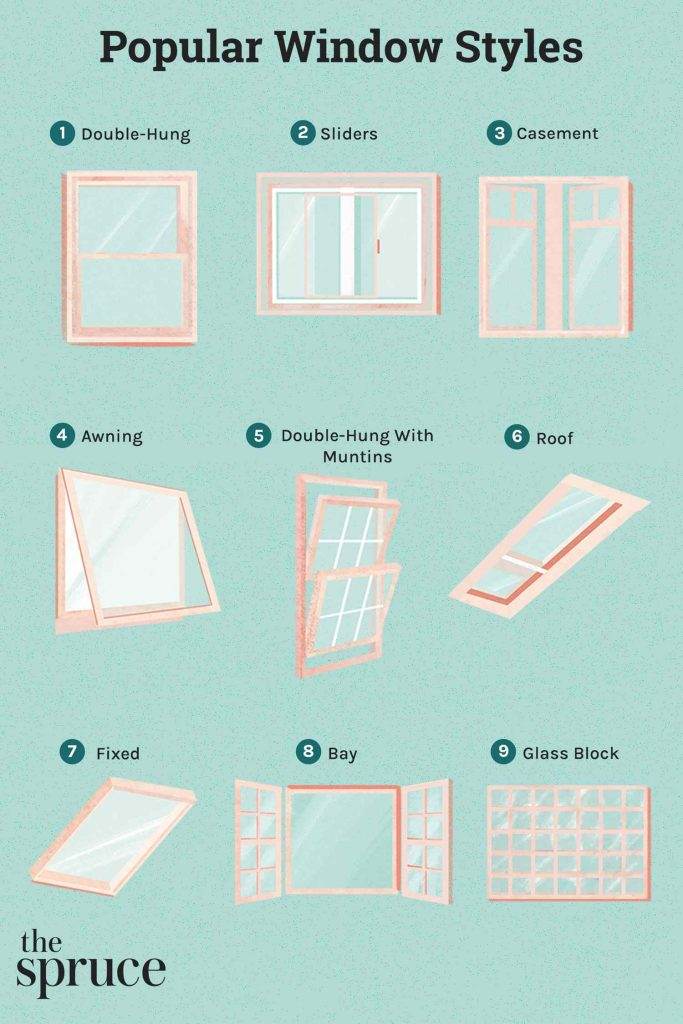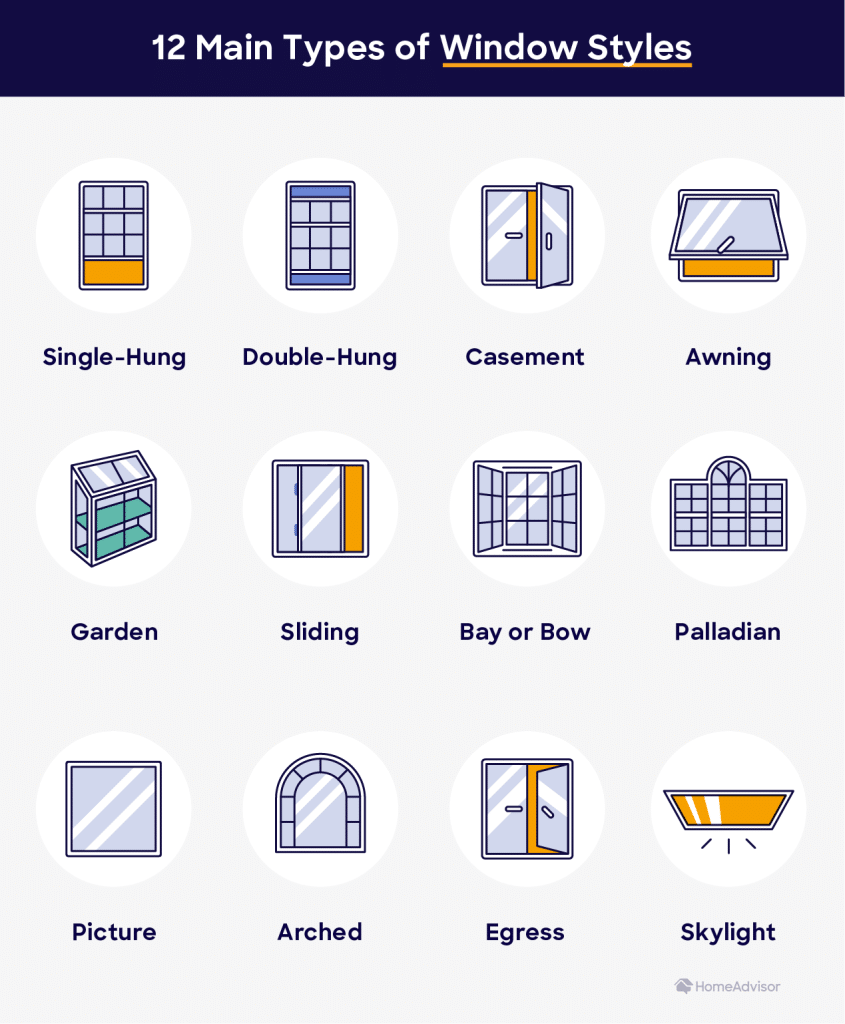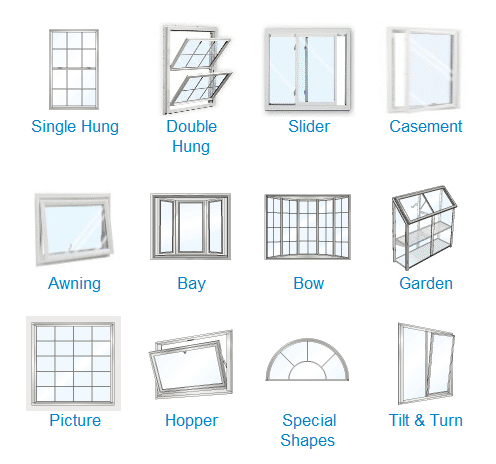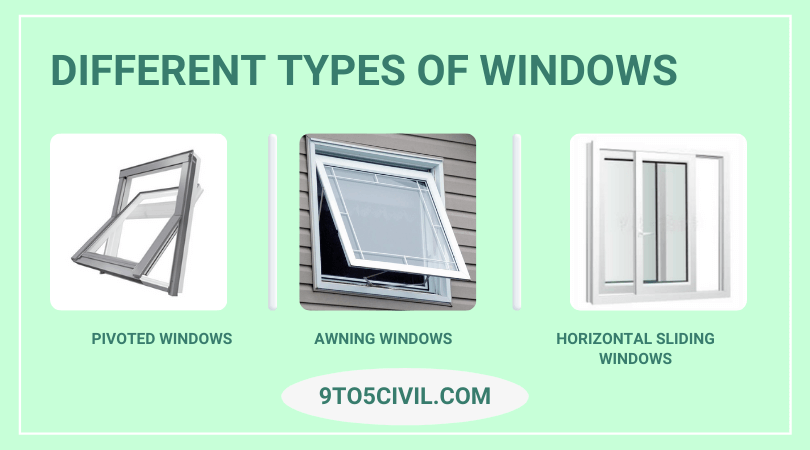Have you ever wondered about the latest trends in window styles? Well, you’re in luck because we’ve got the answer! In this article, we’ll be exploring the current popular styles of windows that are making waves in the world of interior design. From sleek and modern to timeless and classic, we’ll cover all the trending window styles that will transform any room into a stylish and sophisticated space. So, let’s get ready to update your windows and create a stunning visual impact in your home!

This image is property of www.thespruce.com.
Energy-Efficient Windows
When it comes to choosing windows for your home, energy efficiency is a top priority for many homeowners. Energy-efficient windows are designed to minimize heat loss during the winter and heat gain during the summer, helping to reduce your energy consumption and lower your utility bills. There are several types of energy-efficient windows to choose from, including double-pane windows, triple-pane windows, Low-E glass windows, and gas-filled windows.
Double-Pane Windows
Double-pane windows are composed of two panes of glass with a layer of air or gas (usually argon or krypton) sandwiched between them. This design provides an extra layer of insulation, making these windows more energy-efficient than single-pane windows. The air or gas-filled space between the panes acts as a barrier, reducing the transfer of heat and cold between the inside and outside of your home. Double-pane windows offer improved sound insulation as well, making them a popular choice for homeowners who live near busy streets or in noisy neighborhoods.
Triple-Pane Windows
Triple-pane windows take energy efficiency to the next level. As the name suggests, these windows consist of three panes of glass, with two layers of air or gas in between. The additional pane of glass and the extra air or gas layer provide even more insulation, making triple-pane windows highly effective at preventing heat loss or gain. While they are more expensive than double-pane windows, the long-term energy savings they offer make them a worthwhile investment for many homeowners.
Low-E Glass Windows
Low-E (low emissivity) glass windows are designed to reflect heat back into your home during the winter and block UV rays during the summer. This type of glass is coated with a thin, transparent metallic layer that allows visible light to pass through while reflecting infrared heat. By reducing heat transfer, Low-E glass windows help regulate the temperature inside your home, keeping it comfortable year-round. These windows also help protect your furniture, flooring, and other belongings from fading due to UV exposure.
Gas-Filled Windows
Gas-filled windows, such as argon or krypton-filled windows, provide additional insulation by replacing the air between the panes with a denser gas. Argon and krypton are both odorless, non-toxic gases that are excellent insulators. By using these gases instead of regular air, gas-filled windows can further reduce the transfer of heat and cold, improving energy efficiency. These windows are particularly effective in climates with extreme temperatures, where maintaining a comfortable indoor environment is crucial.
Minimalist and Contemporary Designs
In recent years, minimalist and contemporary designs have gained popularity in the world of architecture and interior design. This sleek and streamlined style focuses on simplicity, clean lines, and an open, airy feel. When it comes to windows, there are several design elements that can help achieve a minimalist and contemporary look, including sleek frames, large, uninterrupted glass panes, floor-to-ceiling windows, and sliding glass windows.
Sleek Frames
One characteristic of minimalist and contemporary design is the use of sleek, thin frames. These frames are typically made from materials like aluminum or fiberglass, which are durable, lightweight, and require minimal maintenance. The slim profile of these frames allows for maximum visibility of the glass, creating a clean and minimalist aesthetic.
Large, Uninterrupted Glass Panes
To achieve a contemporary look, consider using large, uninterrupted glass panes. These windows create a sense of openness and allow natural light to flood the space. Floor-to-ceiling windows or windows with minimal grid patterns are particularly popular in contemporary designs. The seamless expanse of glass adds a sense of modernity and sophistication to any home.
Floor-to-Ceiling Windows
Floor-to-ceiling windows are a hallmark of contemporary architecture. These windows extend from the floor to the ceiling without any interruptions, creating a striking visual effect and maximizing the amount of natural light that enters the space. Floor-to-ceiling windows also provide unobstructed views of the surrounding landscape, blurring the boundaries between indoor and outdoor spaces.
Sliding Glass Windows
Sliding glass windows are not only functional but also contribute to a contemporary design aesthetic. These windows feature large, horizontal panes of glass that slide open horizontally, creating a seamless connection between indoor and outdoor living spaces. Sliding glass windows are particularly popular for rooms that lead to patios, decks, or gardens, as they provide easy access and enhance the flow of natural light.
Smart and Automated Windows
With the advancement of technology, smart and automated windows have become increasingly popular among homeowners. These windows offer convenience, energy efficiency, and enhanced security, making them an attractive option for those looking to upgrade their homes. Some of the smart and automated features include motorized window treatments, automated window controls, and integrated smart home systems.
Motorized Window Treatments
Motorized window treatments, such as blinds, shades, and curtains, offer a convenient solution for controlling natural light and privacy. With the touch of a button or through a smartphone app, you can open or close your window treatments, adjust the tilt of blinds, or raise and lower shades. This feature allows you to effortlessly customize the lighting and ambiance of your space while reducing the need for manual operation.
Automated Window Controls
Automated window controls take convenience to the next level by integrating window operation with other smart home systems. With a centralized control panel or through voice commands, you can open or close multiple windows simultaneously, adjust the ventilation, or program your windows to open and close at specific times of the day. This level of automation not only enhances your comfort but also optimizes energy efficiency by taking advantage of natural ventilation.
Integrated Smart Home Systems
Smart windows can be seamlessly integrated into larger smart home systems, allowing you to control and monitor your windows alongside other connected devices. Through a smart home hub or smartphone app, you can receive real-time updates on the status of your windows, monitor energy usage, and even receive alerts if a window is left open or if the window sensors detect unusual activity. This level of integration offers convenience, energy efficiency, and peace of mind.
Transitional and Traditional Styles
While contemporary designs have gained popularity, transitional and traditional styles continue to be preferred by many homeowners. These timeless styles evoke a sense of elegance, sophistication, and a connection to architectural traditions. Some popular window styles in these categories include double-hung windows, casement windows, bay or bow windows, and picture windows.
Double-Hung Windows
Double-hung windows are classic and versatile. They consist of two vertically sliding sashes that can be opened from the top or bottom, allowing for easy ventilation and cleaning. This style is commonly found in traditional and colonial-style homes, as it complements the architectural character and adds a touch of charm.
Casement Windows
Casement windows are hinged at the side and open outward with the help of a crank mechanism. This style provides excellent ventilation and unobstructed views, making it popular in both traditional and contemporary designs. Casement windows are often found in Tudor, Craftsman, and Mid-Century Modern homes, adding a sense of authenticity and character.
Bay or Bow Windows
Bay or bow windows are a striking feature in any home. These windows protrude from the exterior of the building, creating a small alcove or seating area indoors. Bay windows typically consist of three windows, with a larger central window flanked by smaller windows on either side. Bow windows, on the other hand, have a curved shape and consist of four, five, or more windows arranged in an arc. These windows add architectural interest and create a sense of space and dimension.
Picture Windows
Picture windows are fixed windows that do not open. They are designed to frame scenic views, allow maximum natural light, and create a focal point in a room. Picture windows are commonly found in contemporary and modern homes, as they prioritize aesthetics and capitalize on the beauty of the surrounding landscape. These windows can be combined with other operable windows to provide ventilation while maintaining the unobstructed view.
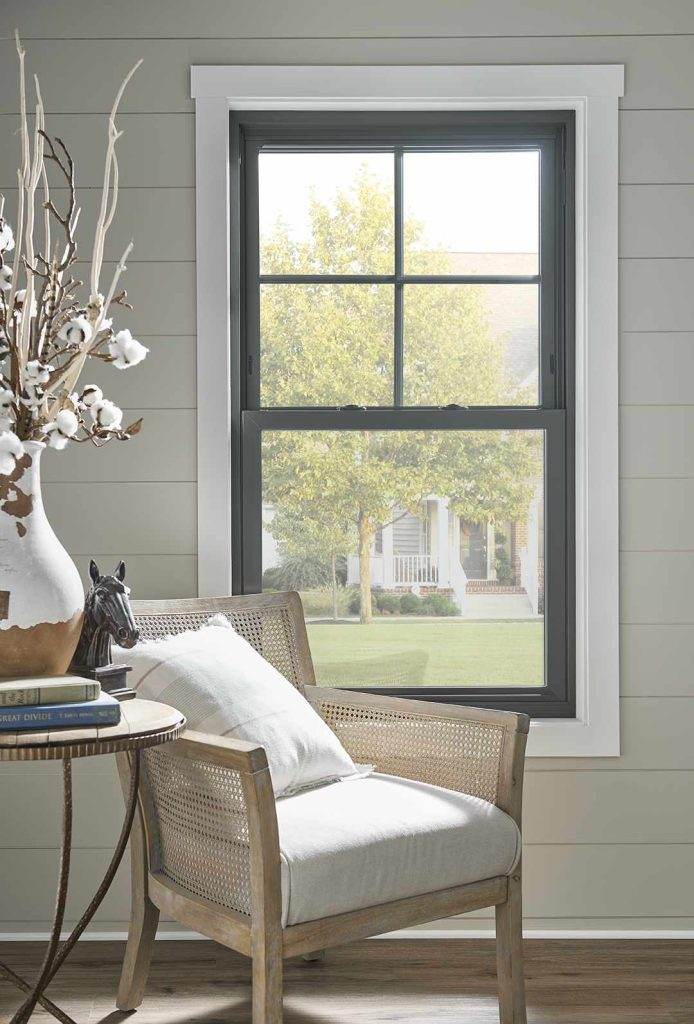
This image is property of www.marthastewart.com.
Architectural Windows
For those seeking unique and eye-catching window designs, architectural windows offer endless possibilities. These windows go beyond the standard shapes and styles, allowing you to personalize your home and make a bold statement. Some examples of architectural windows include circular or round windows, arched or Gothic windows, corner windows, and custom geometric shapes.
Circular or Round Windows
Circular or round windows add a whimsical and charming touch to any home. Whether placed as a standalone feature or incorporated into a larger window design, these windows create visual interest and draw attention. Circular windows are often found in Victorian or Gothic-style homes, adding a touch of vintage elegance and enhancing the architectural character.
Arched or Gothic Windows
Arched or Gothic windows are known for their distinctive curves and graceful proportions. These windows can be found in various architectural styles, including Romanesque, Gothic, and Mediterranean. The elegant arch shape creates a sense of grandeur and sophistication, adding an element of beauty and intrigue to any home. Arched windows are often used as focal points in facades or upper-level accents.
Corner Windows
Corner windows are a unique and striking architectural feature that adds drama and visual interest to a home. These windows wrap around the corner of a building, providing unobstructed views and creating an open and spacious feel. Corner windows are often used in contemporary or modern designs, where the emphasis is on maximizing natural light and blurring the boundaries between indoor and outdoor spaces.
Custom Geometric Shapes
If you have a specific vision for your windows, custom geometric shapes offer endless possibilities. These windows can be designed to fit any architectural style or personal preference. From hexagons to trapezoids, pentagons to parallelograms, the options are limited only by your imagination. Custom geometric windows allow you to create a truly unique and personalized look for your home, making a statement and setting it apart from others in the neighborhood.
Black Window Frames
For those who prefer a bold and modern aesthetic, black window frames have become increasingly popular in recent years. This sleek and contemporary design choice adds a touch of drama and elegance to any home. Black frames provide a stark contrast when paired with light-colored walls, creating a striking visual impact. This combination is particularly popular in industrial and contemporary designs, where clean lines and minimalistic color palettes take center stage.
Bold and Modern Aesthetic
Black window frames make a bold statement, adding a modern touch to any home’s exterior. The stark contrast between the black frames and the surrounding walls creates a visually striking and dynamic look. This aesthetic choice can instantly transform a traditional or plain facade into a contemporary and eye-catching masterpiece.
Contrast with Light-Colored Walls
When paired with light-colored walls, black window frames create a dramatic contrast that draws attention to the windows and enhances the architectural details of the home. The dark frames serve as a frame within a frame, highlighting the view and showcasing the beauty of the surrounding landscape. This combination is particularly popular in modern and minimalist designs, where simplicity and clean lines are key.
Popular in Industrial and Contemporary Designs
Black window frames are a staple in industrial and contemporary designs. This style emphasizes simplicity, raw materials, and a minimalist aesthetic. Black frames complement exposed brick walls, concrete accents, and metal finishes, creating a cohesive and cohesive design. The combination of black frames with industrial elements adds a touch of edginess and sophistication to any space.
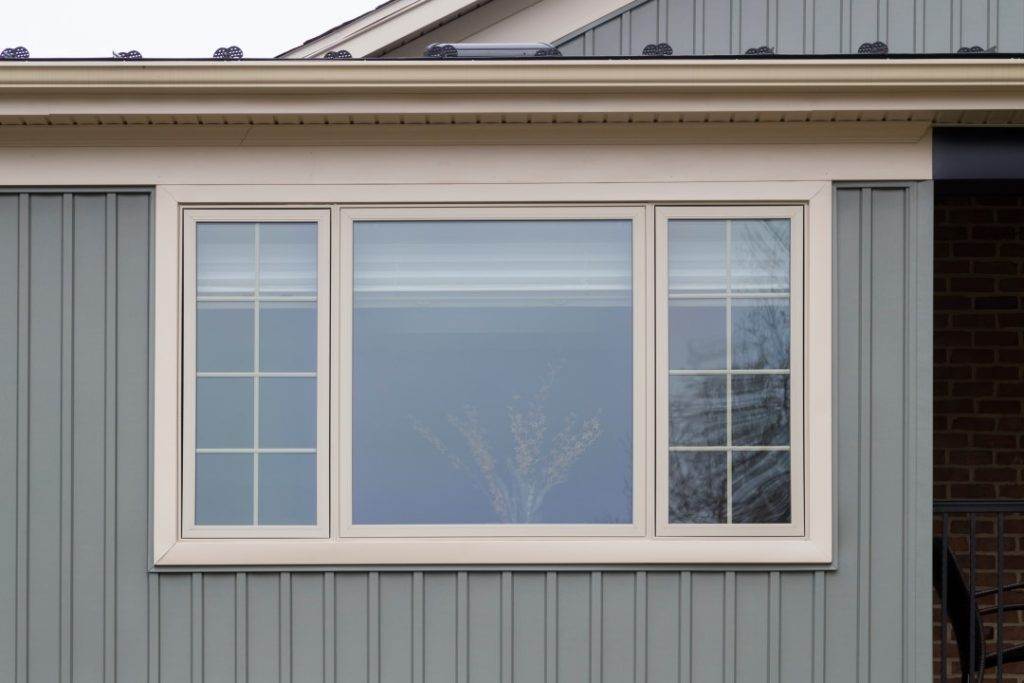
This image is property of www.choicehomeremodeling.com.
Window Walls
If you crave panoramic views and a seamless connection between indoor and outdoor spaces, window walls are the perfect choice. These expansive glass panels create a visual spectacle while allowing natural light to flood the interior. Window walls provide a sense of openness, luminosity, and a seamless indoor-outdoor connection.
Expansive Glass Panels
The defining feature of a window wall is its expansive glass panels. These panels can span from floor to ceiling, creating a breathtaking view and blurring the boundaries between indoor and outdoor spaces. The large expanse of glass allows for unobstructed views of the surrounding landscape, bringing the outdoors inside and flooding the interior with natural light.
Panoramic Views
Window walls are designed to capture panoramic views and provide a truly immersive experience. Whether you live by the beach, in the mountains, or in the heart of the city, a window wall allows you to appreciate and enjoy the beauty of your surroundings. The absence of obstructions such as grids or mullions maximizes the view, creating a frame for the world beyond your walls.
Seamless Indoor-Outdoor Connection
Window walls excel at creating a seamless connection between indoor and outdoor living spaces. By removing the visual barriers created by traditional walls, these expansive windows invite the outdoors in, allowing you to feel connected to nature even when you’re inside. Whether you’re hosting a gathering or simply enjoying a quiet moment, a window wall enhances the sense of openness and harmony between your interior and exterior spaces.
Privacy Windows
Privacy is an important consideration for many homeowners, especially in densely populated areas or properties with close neighbors. Privacy windows offer solutions that allow for ample natural light while maintaining the desired level of privacy. Some options include frosted or etched glass, textured or patterned glass, and window film options.
Frosted or Etched Glass
Frosted or etched glass is an excellent choice for privacy windows. These types of glass have a translucent or opaque appearance, making it difficult to see through them while still allowing light to filter in. Frosted or etched glass can be used in various window styles, including bathroom windows, front entry doors, or sidelights, providing privacy without sacrificing natural light.
Textured or Patterned Glass
Textured or patterned glass offers an added layer of privacy while adding visual interest to your windows. These types of glass feature textures or patterns that distort and diffuse light, making it difficult to see through them. Textured or patterned glass is available in various designs, from subtle textures that provide a gentle diffusion of light to more intricate patterns that create a focal point in a room.
Window Film Options
Window film is an affordable and versatile solution for privacy windows. Window film comes in a variety of styles, including frosted, decorative, and one-way mirror film. Frosted window film mimics the appearance of frosted or etched glass, creating a translucent effect that blocks the view from outside while allowing light to pass through. Decorative window film offers a range of patterns and designs that add visual interest and privacy. One-way mirror film creates a mirrored effect on one side, providing privacy during the day while preserving outward visibility.
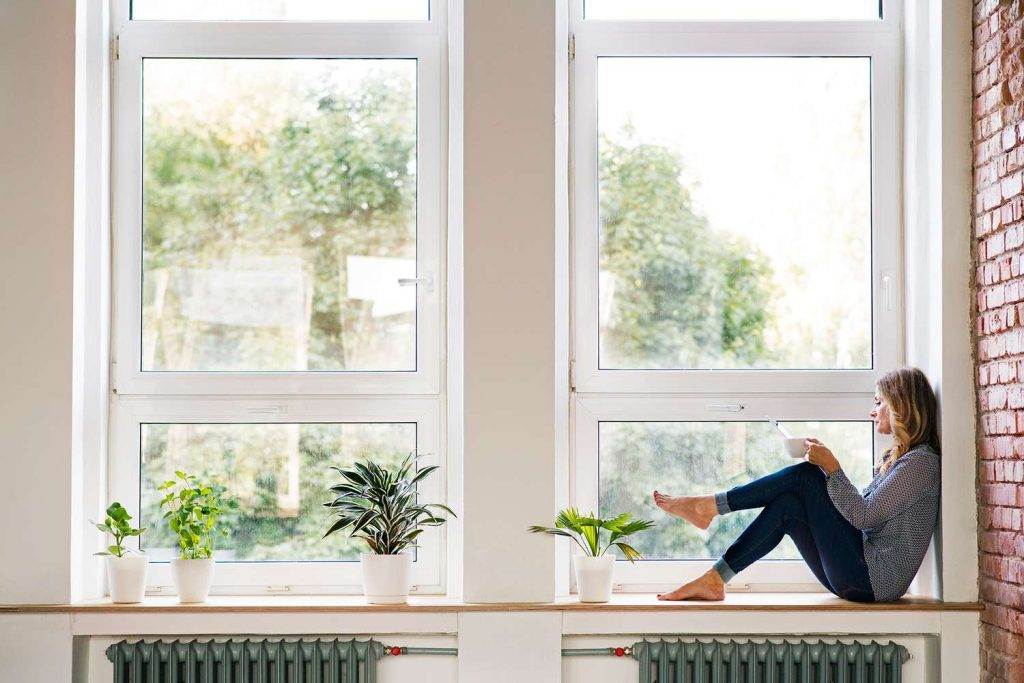
This image is property of www.marthastewart.com.
Noise-Reducing Windows
For homeowners looking to create a quieter and more peaceful indoor environment, noise-reducing windows offer an effective solution. These windows are designed to minimize external noise, such as traffic, construction, or neighborhood disturbances. Some options for noise-reducing windows include laminated glass windows, triple-pane windows, and soundproof window inserts.
Laminated Glass Windows
Laminated glass windows are constructed with a layer of transparent interlayer between two or more panes of glass. This interlayer is usually made of polyvinyl butyral (PVB) or ethylene-vinyl acetate (EVA), which acts as a noise-dampening barrier. Laminated glass reduces the transmission of sound vibrations, making it an effective option for noise reduction. Additionally, laminated glass provides added security and safety, as it is more difficult to break or shatter than regular glass.
Triple-Pane Windows
Triple-pane windows, as mentioned earlier in the article, not only offer excellent energy efficiency but also provide effective noise reduction. The additional layer of glass and insulating air or gas pockets in between the panes help absorb and block sound waves, reducing noise infiltration. Triple-pane windows are an ideal choice for those living in noisy urban areas or near busy roads.
Soundproof Window Inserts
Soundproof window inserts offer a cost-effective solution for reducing noise without replacing the entire window. These inserts are custom-made to fit over existing windows, creating an additional sound barrier. They are typically made of sound-dampening materials such as laminated glass or acrylic, which absorb and block sound waves. Soundproof window inserts are removable and can be installed only when needed, making them a flexible option for noise reduction.
Easy to Clean Windows
Cleaning windows can be a tedious and time-consuming task. However, with the advancements in window technology, there are now options available that make window cleaning easier and more convenient. Some features that contribute to easy-to-clean windows include tilt-in cleaning mechanisms, self-cleaning coatings, and removable sashes.
Tilt-In Cleaning Mechanisms
Many modern windows are equipped with tilt-in cleaning mechanisms that allow you to clean the outside surfaces of your windows from inside your home. These mechanisms enable the sashes to tilt inwards, providing easy access to both sides of the glass. With tilt-in windows, there’s no need for ladders or hiring professional window cleaners to reach upper-story windows. This feature is especially beneficial for homes with multiple levels or hard-to-reach windows.
Self-Cleaning Coatings
Self-cleaning coatings are designed to reduce the need for manual window cleaning by making the glass surface easier to clean and resistant to dirt and grime. These coatings make use of hydrophilic (water-attracting) and hydrophobic (water-repellent) properties to break down organic matter and allow rainwater to wash away dirt and debris. Self-cleaning coatings can save you time and effort by keeping your windows cleaner for longer periods.
Removable Sashes
Some windows feature removable sashes, which allow for easy access and cleaning both inside and outside of the glass. With removable sashes, you can detach the sash from the frame, providing a larger opening for cleaning or maintenance purposes. This feature is particularly useful for larger windows or windows in hard-to-reach locations, where cleaning from the inside may not be sufficient.
In conclusion, when it comes to choosing windows for your home, there are numerous options available to suit various needs, styles, and preferences. Energy-efficient windows provide long-term savings and comfort, while minimalist and contemporary designs offer sleek and modern aesthetics. Smart and automated windows add convenience and enhance security, while transitional and traditional styles provide timeless elegance. Architectural windows and black window frames offer unique and eye-catching design elements, while window walls and privacy windows offer functionality and personalization. Noise-reducing windows create a quieter indoor environment, and easy-to-clean windows simplify maintenance tasks. With such a wide range of options, homeowners can select the perfect windows to enhance both the appearance and functionality of their homes.
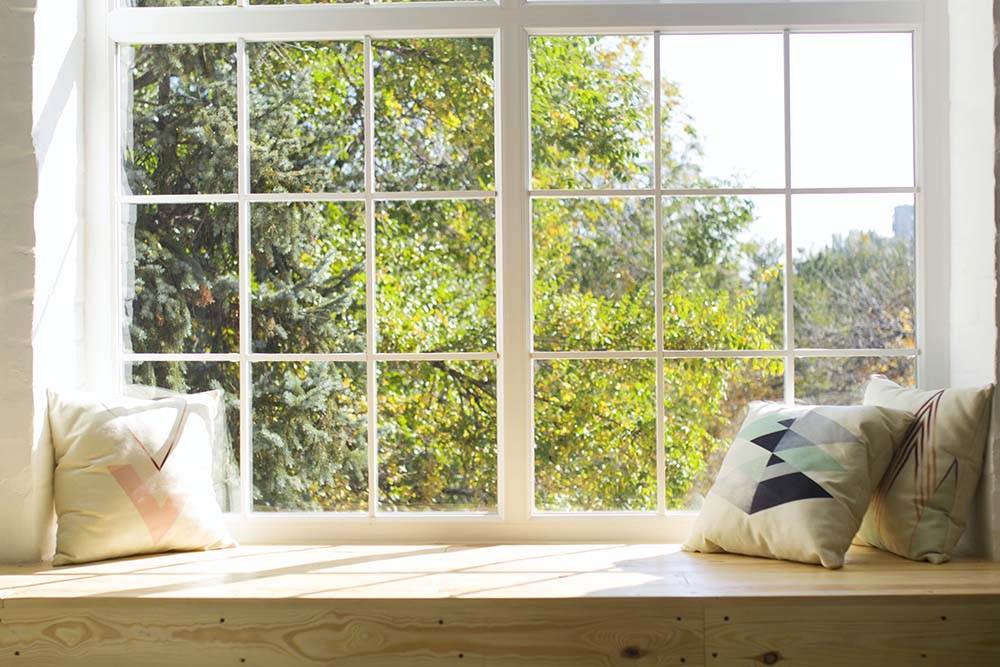
This image is property of www.smartextpros.com.

